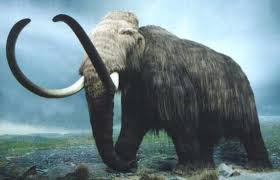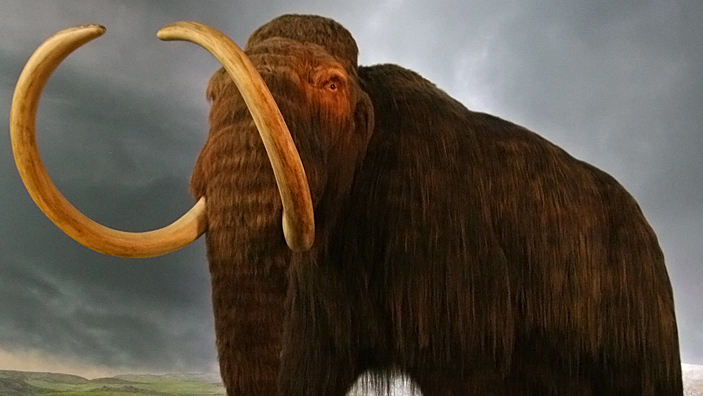South Korea Determined to Revive the Woolly Mammoth

South Korean researchers are serious (and seriously working hard) to bring the woolly mammoth back to life using cloning techniques that have already produced identical copies of dogs, cows, and, famously, Dolly the sheep. Recently, Vice News sent host Ben Makuch and producer Xavier Aaronson on a worldwide hunt for remnants of the hairy elephant.
Researchers at the Sooam Biotech Research Foundation already know that the Asian elephant, the woolly mammoth’s closest living relative, is the prospective surrogate mother. But cloning requires an intact cell from which to extract DNA, and that’s a difficult task considering that the mammoth has been extinct for over 4,000 years.
“There are spirits all around,” said a pair of Siberian shop owners. “One should not go looking for the woolly mammoth because individuals and families become cursed as a result.”
The search for mammoth DNA has been expedited by climate change, which is quickly melting the Siberian permafrost that entombs ancient mammoths, and recent prohibitions against the trade of elephant ivory. Those regulations have opened the mammoth ivory market, where intact tusks are sold for hundreds of thousands of dollars to wealthy buyers in China, as well as other nations that have a cultural connection to ivory.
“To become a man,” said one mammoth ivory trader, “you must travel to Siberia and hunt for the woolly mammoth.”
Sooam’s top researcher, Hwang Woo-suk, is leading an aggressive search for woolly DNA despite a checkered past. In the 2000s, Dr. Hwang was exposed as having faked evidence of cloned human stem cells and later admitted to using private research funds to pay off the Russian mafia in exchange for mammoth meat.
Read Ben’s first-person account of the adventure at Vice News.




